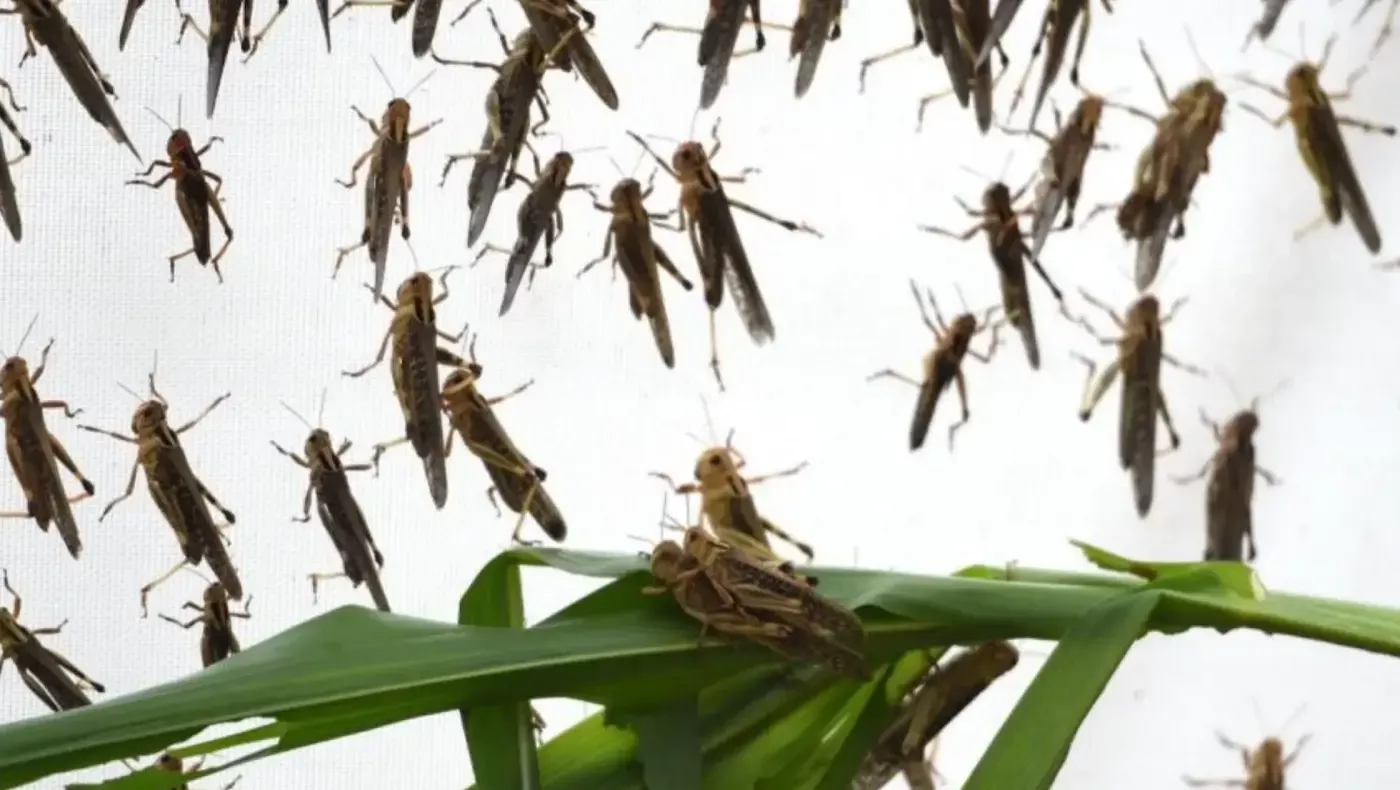
In Uzbekistan, it is projected that harmful locusts will spread over 608.1 thousand hectares in 2025. This poses a serious threat to agricultural crops and pastures. Therefore, the months of March and April are considered a crucial period for the locust control service teams. Currently, large-scale chemical control measures are being carried out in the Kashkadarya and Surkhandarya regions.
Monitoring and Control Measures
In February-March 2025, monitoring and surveillance activities against locusts were carried out over 424 thousand hectares. The results of the monitoring were entered into the Locust.uz information system. This allows for the early detection of the spread of harmful insects and the effective organization of control measures.
To conduct chemical treatments effectively, the following equipment and tools have been prepared:
- 42 special vehicles,
- 181 tractors,
- 69 OVX-600 and 113 VP-1 sprayers,
- 584 motorized hand sprayers,
- 28 water transport vehicles.
Additionally, to ensure timely organization and effective implementation of locust control measures, a deployment map for the teams has been developed. Separate mobile working groups have also been established.
Work Done So Far
Since March 22, chemical treatments have been carried out over 5468 hectares in the Kashkadarya, Surkhandarya, and Samarkand regions. A total of 30 teams are operating in these regions, involving 276 specialists. Furthermore, locust control measures have also begun in the Jizzakh region.
Uzbekistan – A Historical Area for Locusts
Due to its climatic conditions, Uzbekistan is considered a favorable area for the development and spread of locusts. More than 200 species of locusts are found in the country, of which 6-8 species have the ability to form swarms. These harmful insects can cause significant damage to agricultural crops, desert areas, and pastures. Therefore, chemical control measures are conducted against them every year.
Information for Citizens
The Plant Quarantine and Protection Agency has requested those who have information about the areas affected by harmful locusts to report via the following phone numbers:
? 1288
? 71 202 28 88
It should be noted that chemical treatments against harmful locusts are carried out free of charge.